
Francis S. Lee, M.D.
The summer 2018 issue of Behavioral Health News has an interview with Francis S. Lee, M.D., Ph.D., who is the Mortimer D. Sackler Professor and Vice Chair for Research at Weill Cornell Medical College’s psychiatry department. Dr. Lee specializes in studying anxiety disorders, and he talked about the consequences of under-diagnosing anxiety among children and adolescents.
Here are some highlights:
Why anxiety is misunderstood in children
Anxiety disorders are under-recognized, he said, because everyone feels anxiety, including adults. For kids, an example of normal anxiety is to feel nervous before an test or on the first day of school. The child might come to the parent and says they feel anxious. The parent herself sometimes feel anxiety, so she doesn’t grasp the difference between her own anxiety and the severity of her child’s. She just hopes the child will get used to a new routine and the anxiety will go away “naturally.”
But it’s important to get treatment early so that the anxiety doesn’t get worse, and so that it doesn’t lead to depression or dysfunctional behaviors such as substance use disorders.
Why it’s important to look at kids’ anxiety carefully
It’s also important for parents who have anxiety to get help with their anxiety, so that they can minimize modeling or reinforcing anxiety or avoidant behavior with their kids—this can send an unhelpful message to a child who’s genetically predisposed to anxiety.
How anxiety changes with age
There are two anxiety disorders that tend to crop up for young kids: separation anxiety disorder, which is a fear of being separated from one’s parents or safety figure: and specific phobia, such as fear of the dark.
But as the child grows older, the “second wave” of anxiety in early- to mid-adolescence “is harder to understand,” Dr. Lee says.
“There is still great debate amongst psychiatrists and epidemiologists whether there is a second wave, or whether these adolescents have had low levels of anxiety all along throughout childhood, and it is only now finally getting to the attention of a care provider. As I said, there is a significant under-diagnosis of this disorder.”
How to tell whether there is a problem
Dr. Lee suggests that when anxiety becomes extreme, then parents start keeping track of what the teens might be avoiding: going to parties, hanging out with friends, or joining school activities, clubs, or team sports.
Avoidance behavior, Dr. Lee says, leads teens to depend too much on parents. Psychotherapy is a good thing to try, because it attempts to get the adolescent to accept the responsibility of growing his or her own independence. “Working with a skilled therapist will always involve not only the parent but also siblings, on how to deal with a situation where one person in the family seems to take up more attention,” Dr. Lee says.
Why even clinicians are confused about how to treat anxiety in young adults
Dr. Lee notes: “If you have an anxiety disorder or depression before the age of 18, we know exactly what to do: you go to a pediatrician, who then refers you to a psychologist or psychiatrist who specializes in children and adolescents. When you turn 18, it’s unclear whom you should see. The young adult has outgrown pediatric care, but is not the typical patient seen in the adult mental health care system.”
Dr. Lee also says that it’s estimated that more than 20 percent of adolescents in colleges and universities have a diagnosable anxiety disorder. Unfortunately, the mental health services at colleges aren’t usually staffed well enough to handle such a large number of cases. So these young adults and their parents need to work together to find a way to support the young adult while they make the transition into full adulthood. Sometimes, if the student has been seeing a therapist he or she trusts at home, sessions can continue over the distance via Skype or some other method. Sometimes a new clinician in the school’s city can be found.
If you’re in college—or if you’re facing going to college this fall—how do you plan to take care of your mental health? How did you make the transition from the care you received at home and your home routines into your college routines and care? These are hugely important questions that so many students are facing right now, as school approaches. Share your strategies with them in the comments!

 It is usually assumed that disturbed sleep is a symptom of depression. But health-care professionals are starting to think that maybe that idea is putting the cart before the horse, especially with adolescents. For example, a study of more than 350 middle- and high-school students found that sleep irregularities may actually happen before mental health problems.
It is usually assumed that disturbed sleep is a symptom of depression. But health-care professionals are starting to think that maybe that idea is putting the cart before the horse, especially with adolescents. For example, a study of more than 350 middle- and high-school students found that sleep irregularities may actually happen before mental health problems.
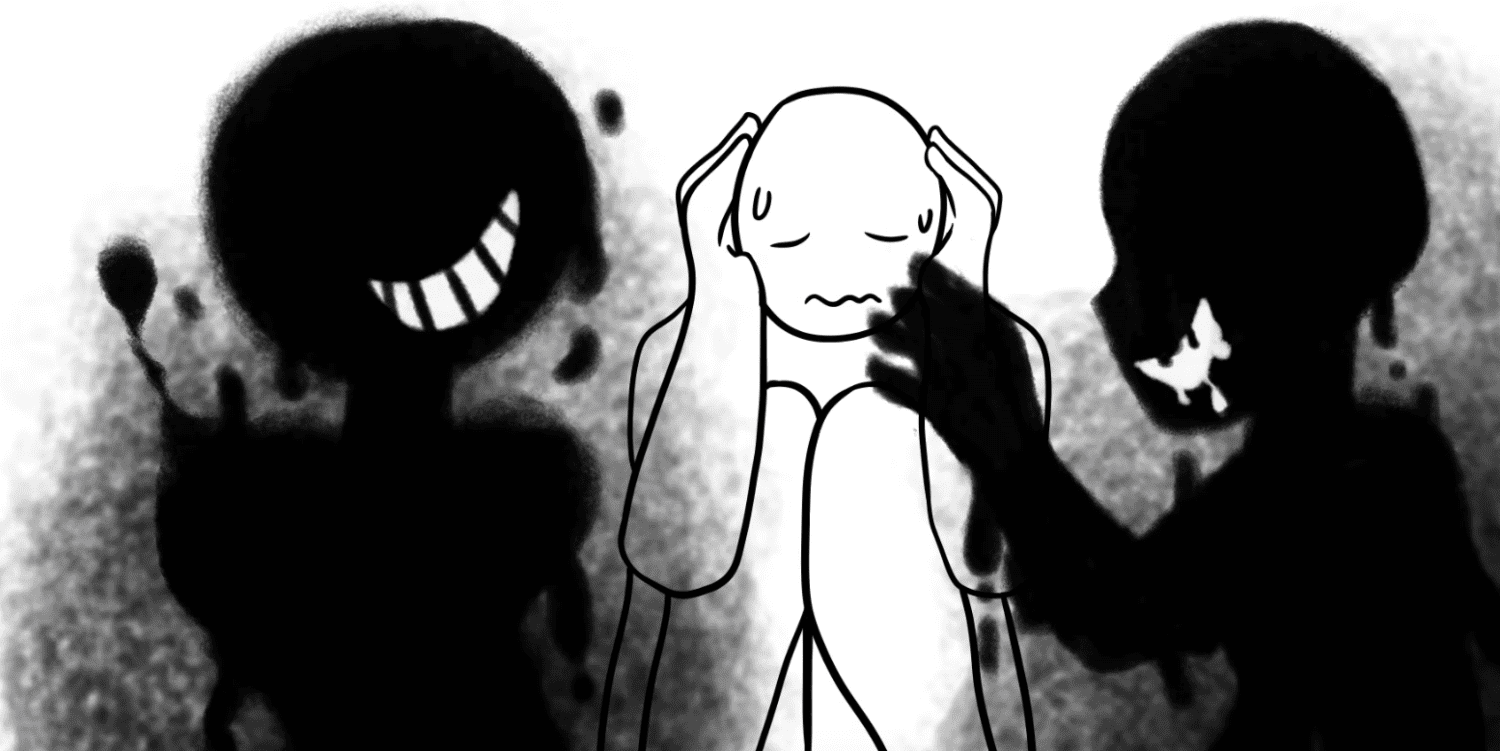
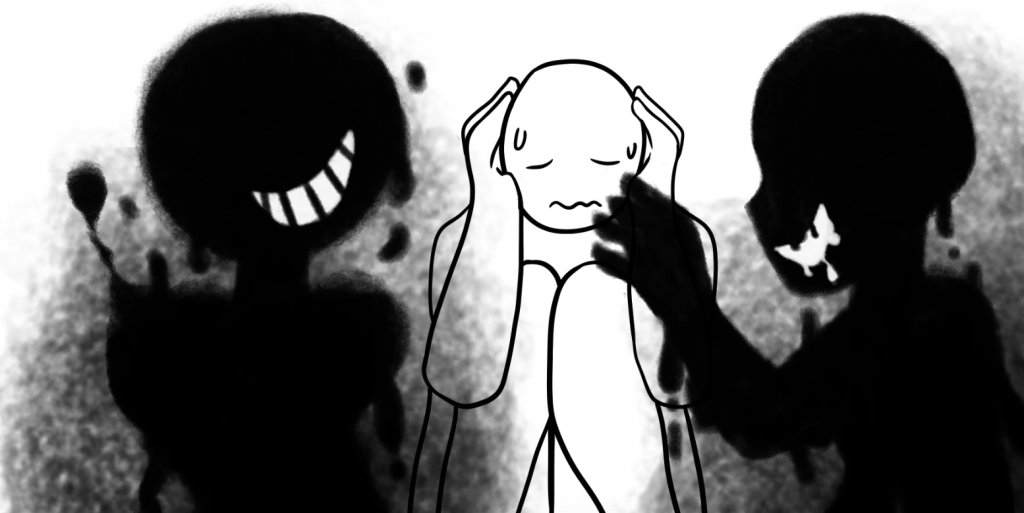 There’s a myth that has circulated for a long time that we have somewhere between 50,000 and 80,000 thoughts per day. This would mean that each minute, we’re thinking 35 to 50 thoughts. The reality is that nobody knows how many thoughts we humans have per day … but we certainly have many! And for those with anxiety and depression, a majority of those thoughts may be automatically negative.
There’s a myth that has circulated for a long time that we have somewhere between 50,000 and 80,000 thoughts per day. This would mean that each minute, we’re thinking 35 to 50 thoughts. The reality is that nobody knows how many thoughts we humans have per day … but we certainly have many! And for those with anxiety and depression, a majority of those thoughts may be automatically negative.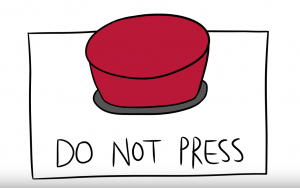


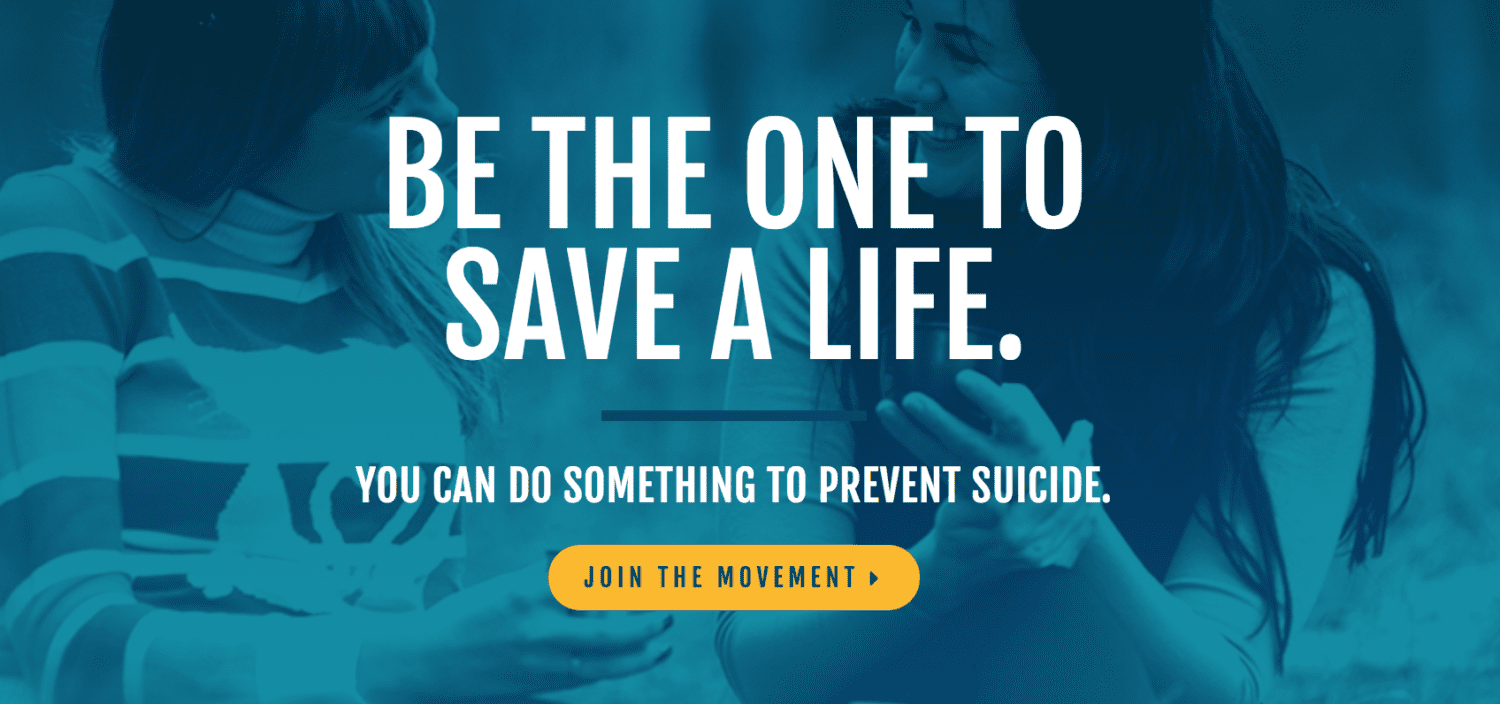






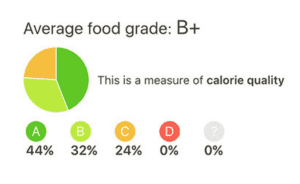
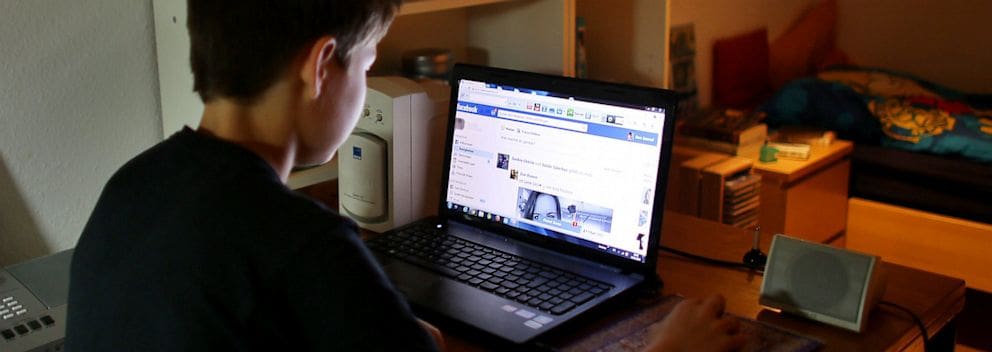
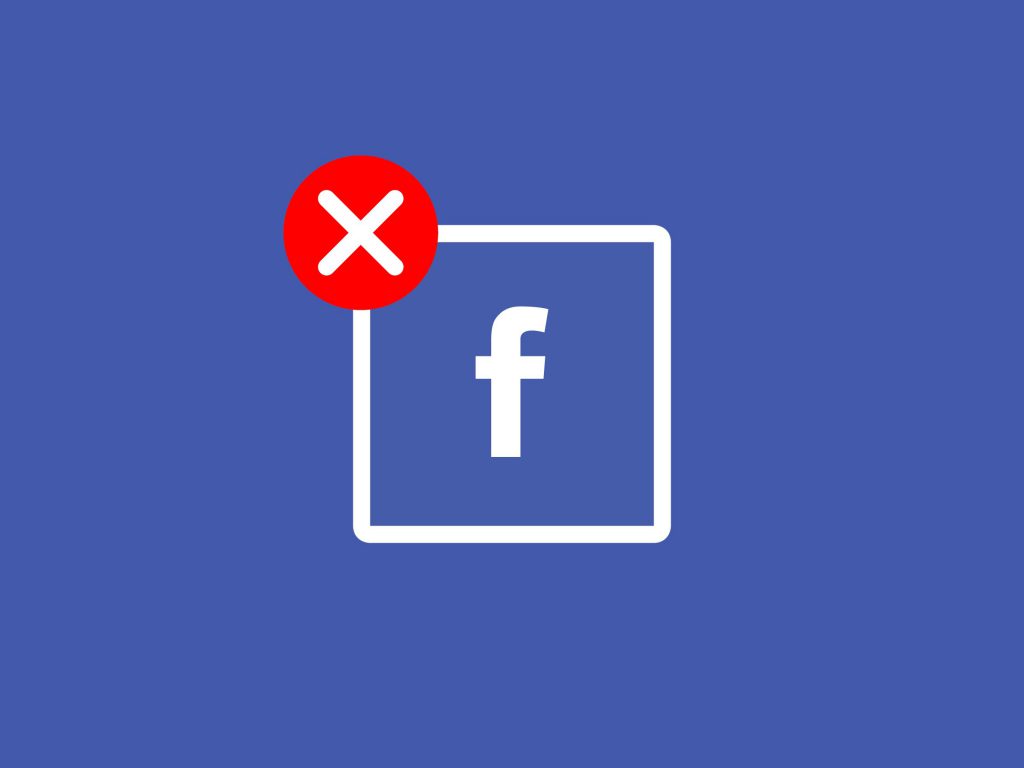 How many times have you logged onto Facebook this week? How many times today? More than once today?
How many times have you logged onto Facebook this week? How many times today? More than once today?



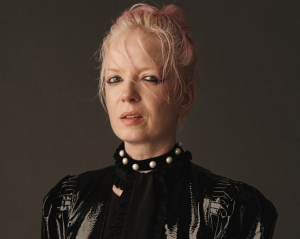

Recent Comments